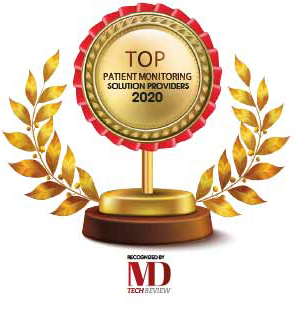RPM is predicted to gain significant acceptance as consumers become more eager to use telehealth technologies as top health systems and practitioners express interest in the technology. It has the potential to lay the groundwork for future developments in innovative technology aimed at improving patient care.
FREMONT, CA: While telehealth has been around for a while, it has recently gotten a lot of attention, with the worldwide telehealth market expected to reach $191.7 billion by 2025. Similarly, the epidemic has highlighted another important aspect of telehealth: remote patient monitoring (RPM). RPM is a way of healthcare delivery that collects patient data outside of typical healthcare facilities using the newest breakthroughs in information technology.
 While the rise of RPM means more data is being collected outside of hospitals, health informatics, data integration, and cloud technologies can assist achieve safe, scalable connectivity and offer patient monitoring wherever and whenever care is delivered. Another important aspect of RPM technology is engagement.
While the rise of RPM means more data is being collected outside of hospitals, health informatics, data integration, and cloud technologies can assist achieve safe, scalable connectivity and offer patient monitoring wherever and whenever care is delivered. Another important aspect of RPM technology is engagement.
Remote monitoring has been a lifesaver during the continuing COVID-19 crisis, as it has decreased the strain on critical healthcare resources. Because non-critical patients have limited space, monitoring them without direct contact has been beneficial, resulting in fewer hospitalizations and emergency room visits. Furthermore, contact between patients and healthcare providers is crucial in the healing and rehabilitation process. A steady exchange of information between the two parties usually yields better results.
RPM devises aid in the development of the required trust and transparency in this situation. For example, if a patient has a heart device implanted, such as a pacemaker, an ICD, or a CRT, the patient's continuous care does not end with the implant. It's critical to check on the device's operation, the appropriateness of the therapy it delivers, and any changes in the relevant heart disease regularly. As a result, one of the significant advantages of such technology is that it allows physicians to receive rapid warnings of changes in their patients' heart conditions, allowing them to intervene as needed, increasing value by assuring patient safety and lowering healthcare costs.
See Also: Top Healthcare Cloud Solution Companies



